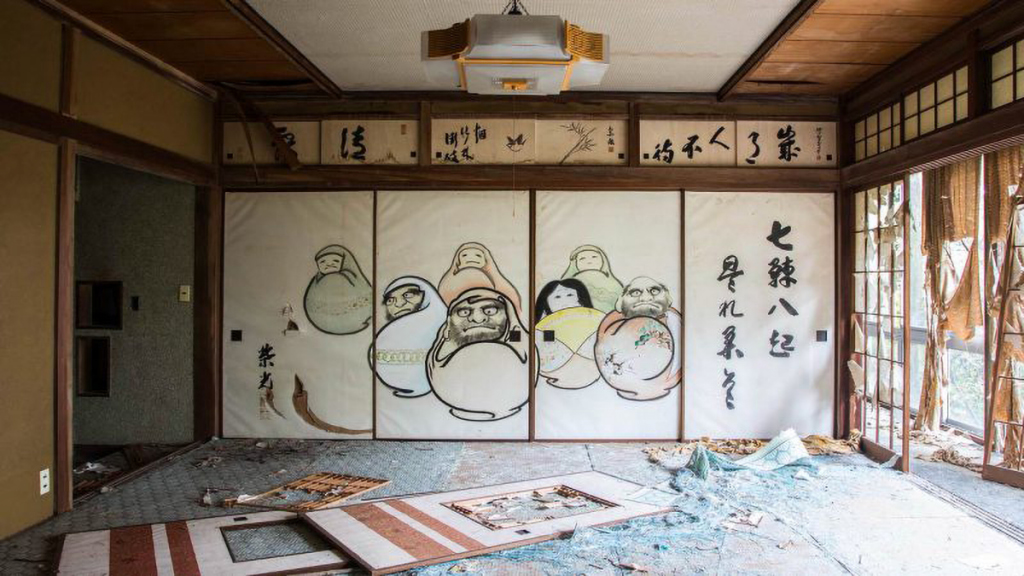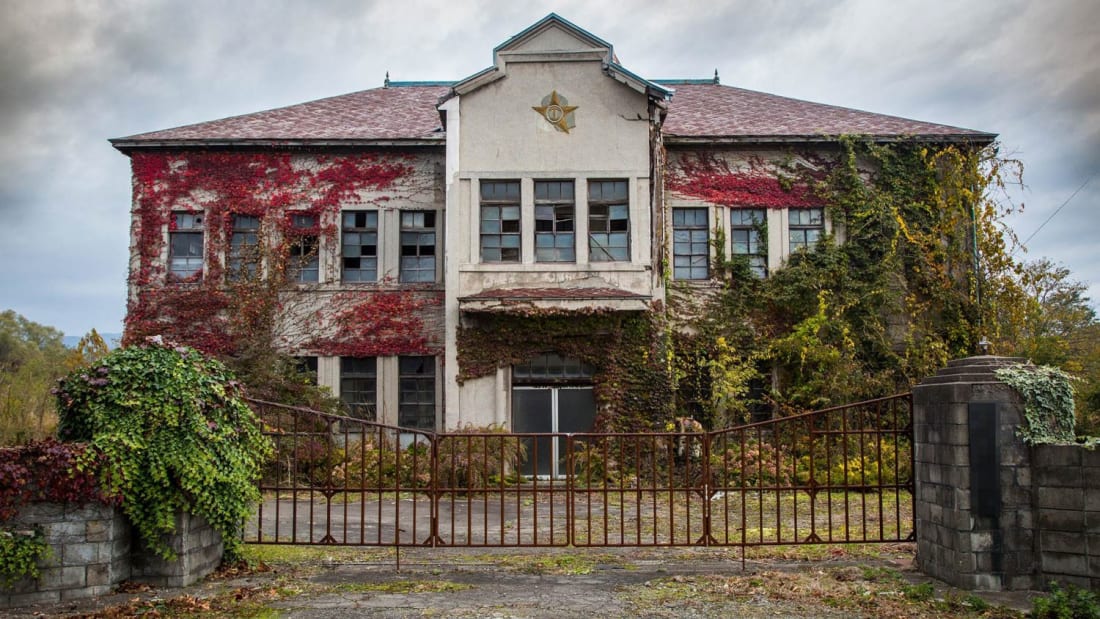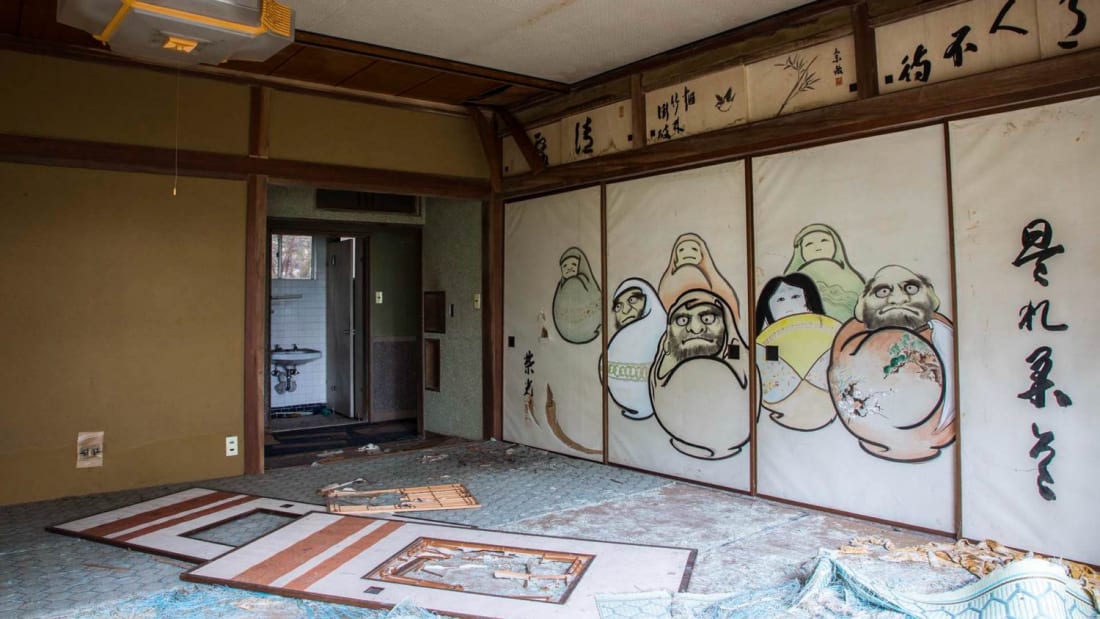There is something that draws us to places abandoned. Pictures of derelict houses, empty schools, and failed endeavors. Whether it’s the mystery of what was, or the foreboding way in which nature quickly and unceremoniously consumes evidence of our presence when we’re no longer here, there is something simply alluring to us. Behind them though, there is a group of people, a subculture of urban explorers that discover and capture these places— Haikyo.
Although known worldwide as “urbex,” the Japanese word haikyo, or “ruins,” has since become the catch-all term for urban exploration and photography in Japan. Japan especially is a goldmine of abandoned and long-forgotten places due the country’s history with industrialization, collapse during World War II, and the economic bubble of the 1980s. These events left many abandoned infrastructures and failed businesses in their wake.
One man in particular has been at the center of haikyo—Benjamin Beech, a freelance photographer from England who has been living and working in Japan since 2007, while also exploring and photographing haikyo for hobby. Benjamin has been a haikyo enthusiast for quite some time, and his portfolio shows it. His images have been shared all over the world, and now Benjamin has been kind enough to share some of the haikyo he has discovered hidden deep within Japan.
The Village Ironworks
This once family-run smelting factory in rural Japan was founded in 1881 by the Tamuras. The business lasted over 100 years— surviving both world wars, before the country’s demand for steel drove the family to shut down in 2000. Considered the most successful smelting plant in northern Japan, it was loved by not only the Tamuras, but also by the community that built itself up around it.
The Buddhist Monk’s Residence
A small apartment in central Japan, it was once the home of Buddhist monks from the local temple. They hand painted their shoji (sliding doors) with depictions of Daruma dolls— round dolls modeled after Bodhidharma, the founder of Zen Buddhism. On the other side is a dragon flying above crashing waves. The murals have been preserved since 1976, despite the current state of the apartment.
Benjamin found the abandoned sento (bathhouse) during a hiking trip in Kansai. Built during the Showa period, the decrepit exterior hides the pristine condition of the building within. Surprisingly, the bath house had only been closed for two years by the time Benjamin discovered it. It’s retro-interior is a time capsule filled with nostalgic imagery, including dome hair dryers and old-fashioned massage chairs.
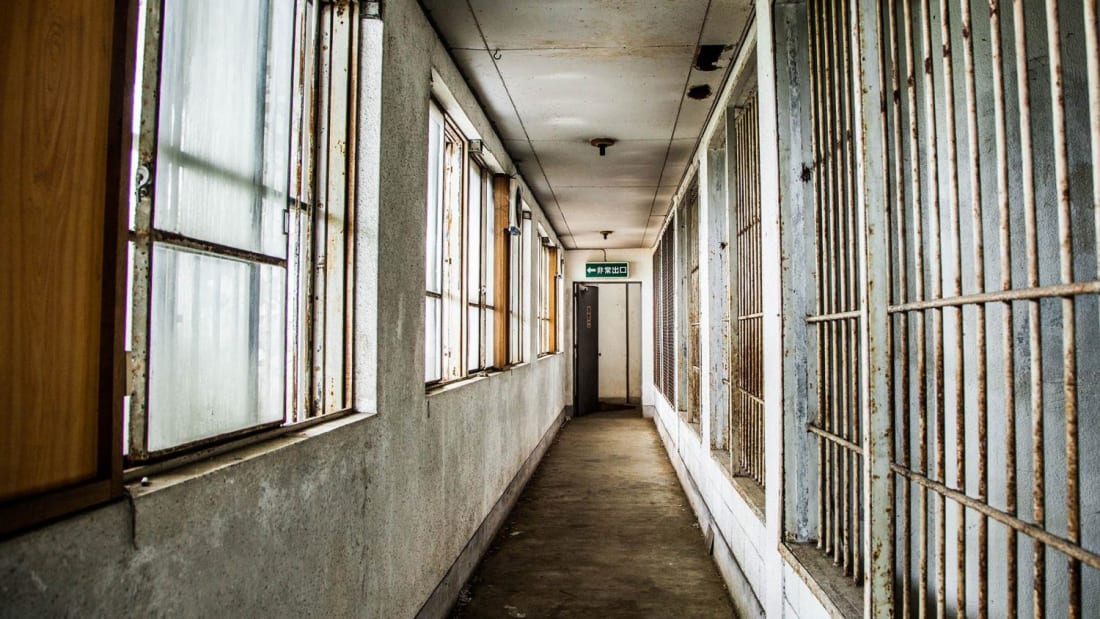
The Edo Psychiatric Hospital
The Edo Psychiatric Hospital has a dark history. Over the years, 80 unexplained deaths occurred within the hospital. Due to allegations of financial fraud and human rights violations, the building finally closed in 2001. Evidence of the hospital’s past horrors can be found in its ominous basement that’s lined with concrete cells and iron bars that served as solitary confinement for “problematic patients.”
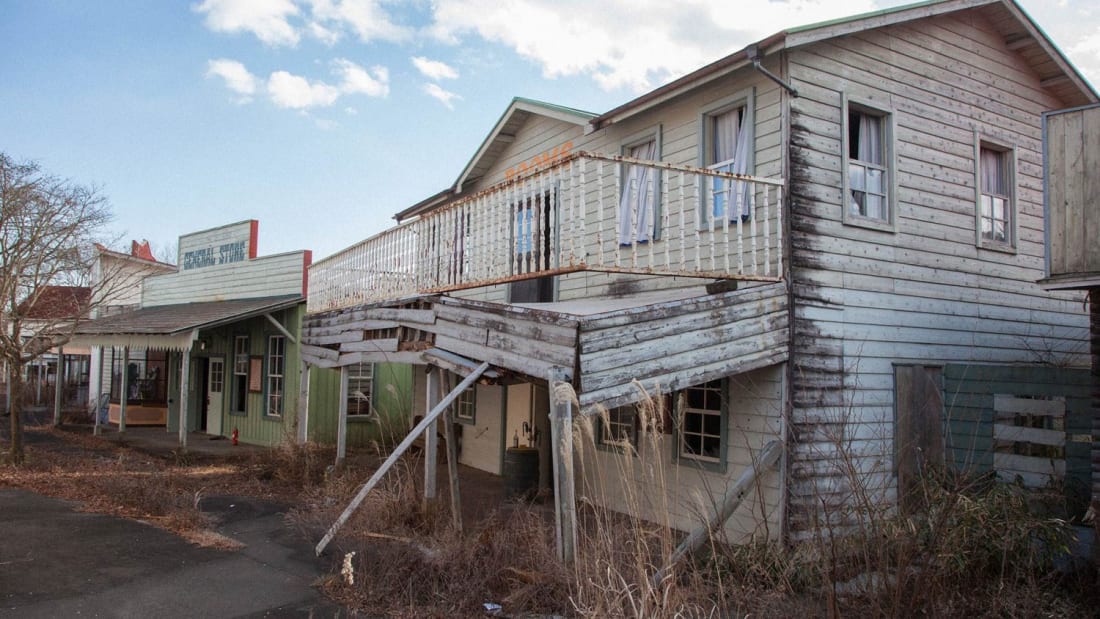
Western Village
Japan’s own version of Westworld was the Western Village, an amusement park located north of Tokyo created during the 1970s dedicated to Wild West history and cinema. Buildings included a sheriff’s office, bank, church and even a ghost house. The ranch enjoyed three decades before closing in 2006 and has since fallen to ruin. Forgotten cowboy dummies are scattered about the village — untouched as if they are eerily watching over the property.
To view more of Benjamin’s collection, visit his Instagram @bengaminbeech or his official website at benjaminbeech.com
This article originally appeared on breakerjapan.com and is republished here with permission.

